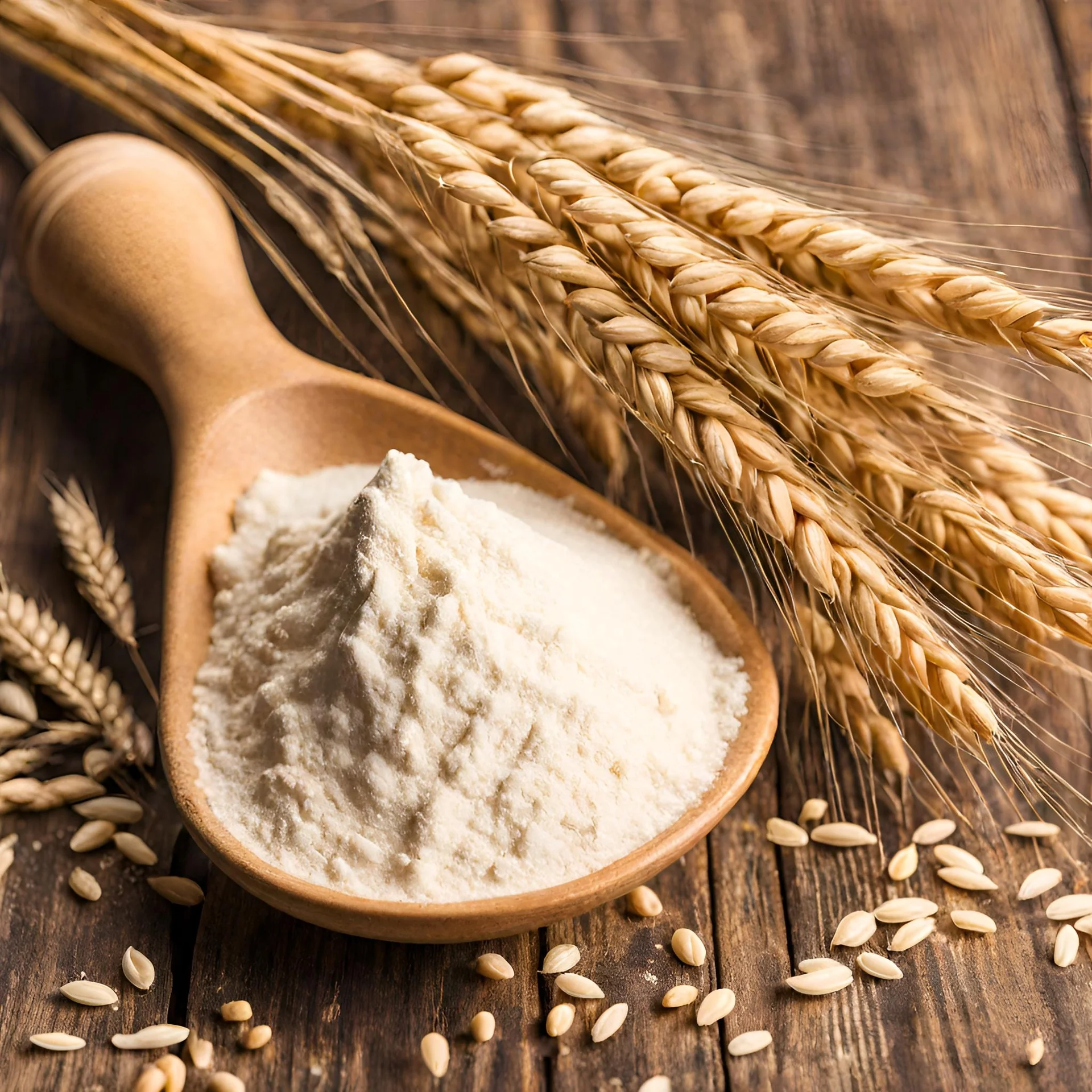Wednesday, 12 November 2025

India emerges as a key buyer amid bakery expansion and functional ingredient demand
Russia’s exports of wheat gluten to India have surged nine-fold year-on-year during January–September 2025, surpassing 1,500 tonnes and reaching a total value of $1.7 million, according to data from Russia’s federal agricultural export agency, Agroexport. The growth marks a significant acceleration in bilateral agri-trade and reflects India’s strengthening demand for high-protein functional ingredients.
India, which began importing Russian wheat gluten in 2020, has become the fourth-largest importer of the product in 2025, following Norway (around 4,000 tonnes), Turkey (3,500 tonnes), and Saudi Arabia (2,000 tonnes). The expansion aligns with Moscow’s broader “Pivot to Asia” strategy, focused on deepening food and agri-commodity exports to emerging markets in South and Southeast Asia.
For India, the rapid increase in imports comes at a time of evolving domestic food consumption patterns. The country’s bakery, confectionery, and plant-based food sectors are expanding rapidly, and wheat gluten—used to enhance dough elasticity, structure, and shelf life—has become a vital ingredient for maintaining product quality and efficiency in industrial production.
The sharp rise in wheat gluten imports underscores a broader structural shift in India’s food industry, driven by higher urban demand for ready-to-eat, high-protein, and fortified foods. The organized bakery sector alone has been expanding at double-digit annual growth rates, supported by increased investments in food processing infrastructure and modern retail.
On the supply side, Russia has emerged as a competitive source for gluten and other wheat derivatives, aided by its surplus production capacity, improved logistics to Asian ports, and favourable trade terms with India. The growth in wheat gluten exports follows similar momentum seen in Russian fertilisers and grain shipments to India, indicating the diversification and deepening of agricultural trade ties between the two nations.
For Russia, India represents both scale and strategic continuity—a market that absorbs value-added agri-products and aligns with Moscow’s long-term ambition to expand its food exports to Asia. For India, sourcing from Russia adds supply stability and price diversification amid fluctuating global commodity markets.
Though the overall volume of gluten trade remains modest, the nine-fold increase within a year signals a strong demand trajectory. India’s wheat gluten imports are projected to exceed 3,000 tonnes by FY2026, driven by rising demand from bakeries, processed food units, and emerging plant-based product manufacturers.
The surge in wheat gluten trade strengthens the India–Russia agri-commerce partnership, expanding its scope beyond bulk commodities to include specialized food ingredients. As both nations work toward resilient and diversified supply chains, the collaboration represents a step forward in building a multipolar global agri-trade ecosystem.